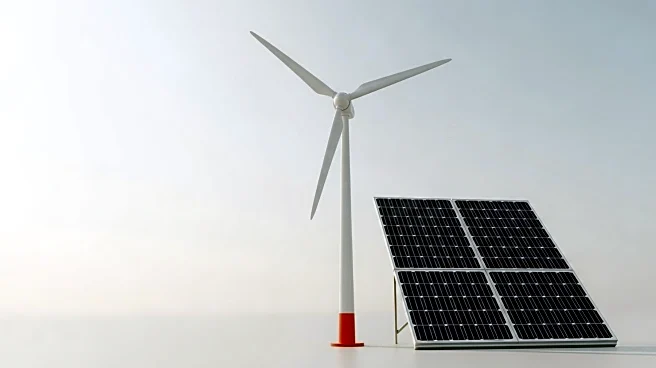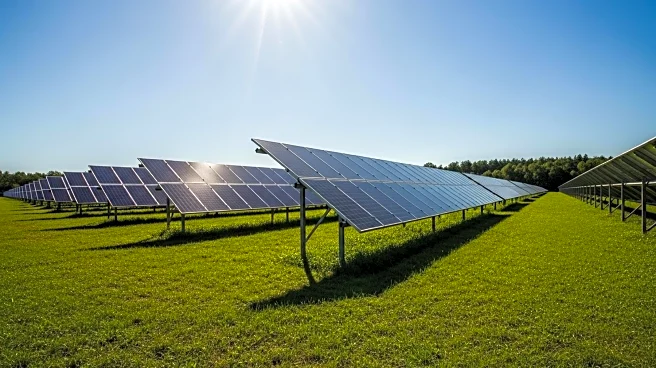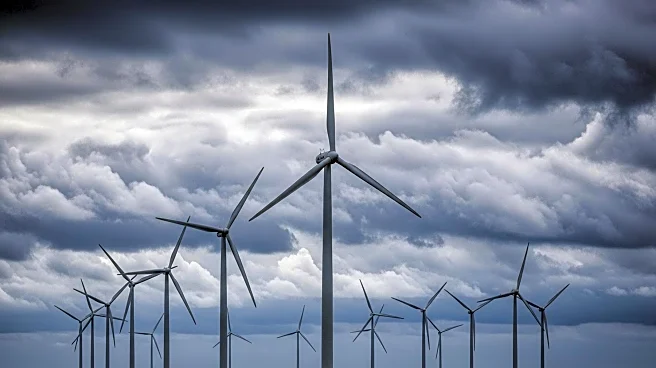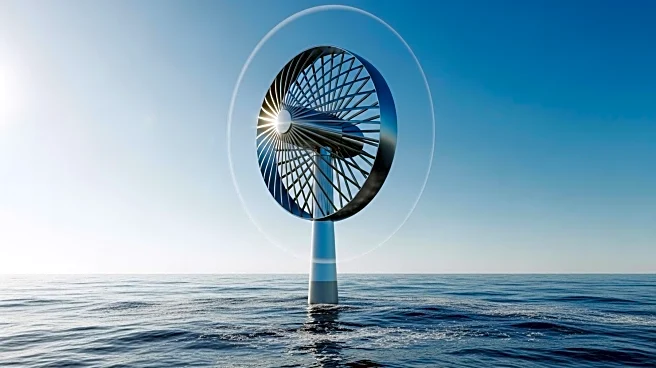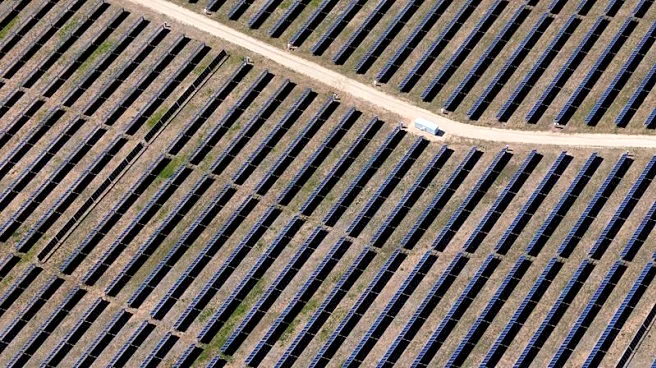What is the story about?
What's Happening?
The Internal Revenue Service (IRS) has released guidance regarding the accelerated termination of clean electricity production and investment credits for wind and solar projects, as enacted by the One Big Beautiful Bill Act (OBBBA). The guidance clarifies when the construction of a facility begins, which is crucial for determining eligibility for these credits. Under the OBBBA, facilities must begin construction by July 4, 2026, to avoid the accelerated termination provisions. The IRS has eliminated a previous safe harbor based on the percentage of total costs incurred, requiring taxpayers to demonstrate that significant physical work has commenced by the deadline. The clean electricity production credit, under IRC Section 45Y, and the clean electricity investment credit, under IRC Section 48E, are set to phase out for facilities placed in service after 2027.
Why It's Important?
The IRS guidance is significant for stakeholders in the renewable energy sector, as it impacts the financial viability of wind and solar projects. The accelerated termination of credits could deter investment in new facilities, affecting the growth of renewable energy in the U.S. Companies planning to develop wind and solar projects must now ensure that construction begins by the specified deadline to qualify for tax credits, which could influence project timelines and financial planning. The guidance aims to prevent manipulation of credit eligibility and ensure substantial progress in construction, which could lead to increased scrutiny and compliance requirements for developers.
What's Next?
Taxpayers and developers in the wind and solar sectors will need to adjust their project timelines to meet the IRS's requirements for beginning construction. The IRS's physical work test will be a critical factor in determining eligibility for credits, and developers may face challenges in demonstrating compliance. The renewable energy industry may lobby for extensions or modifications to the credit termination provisions, and stakeholders will likely monitor any legislative changes that could impact the availability of these credits.
Beyond the Headlines
The IRS guidance highlights the broader policy shift towards reducing reliance on tax incentives for renewable energy, which could have long-term implications for the industry. As the U.S. transitions to cleaner energy sources, the reduction in credits may prompt innovation and cost reductions in wind and solar technologies. However, it also raises questions about the government's commitment to supporting renewable energy growth amid climate change concerns.
AI Generated Content
Do you find this article useful?
